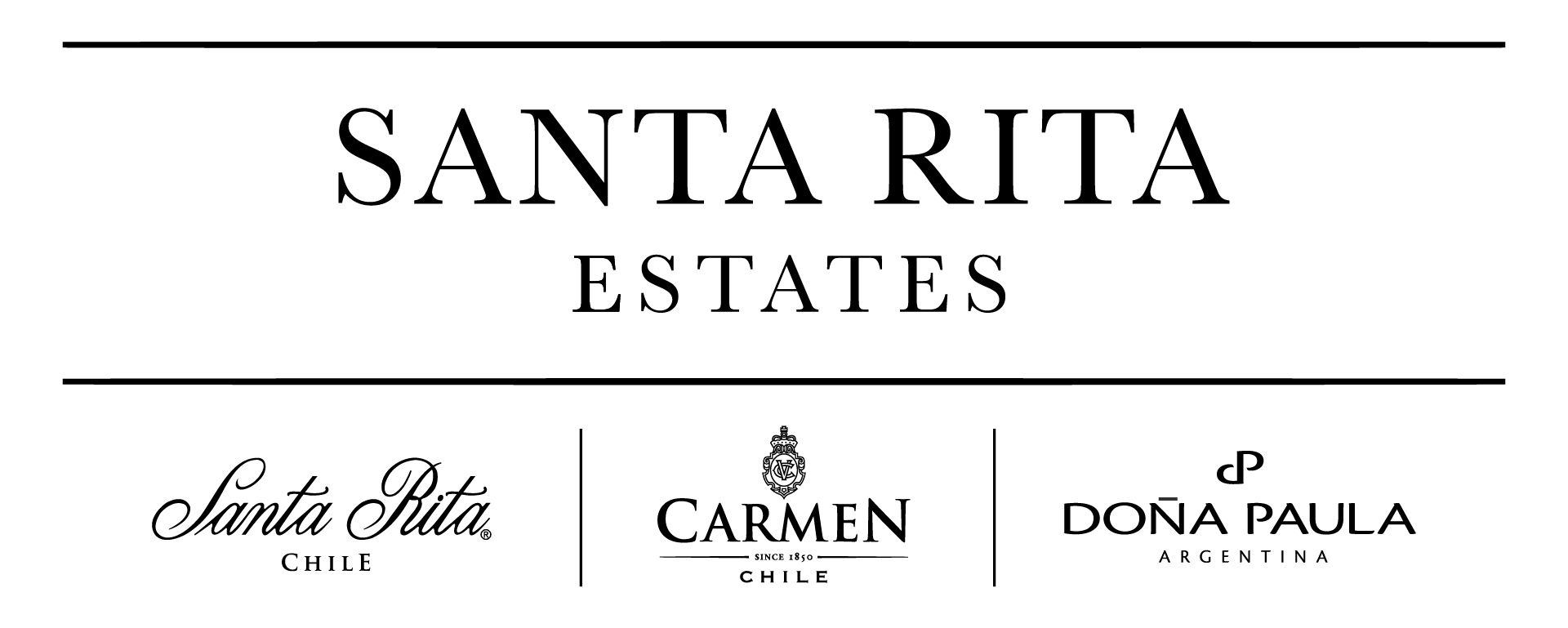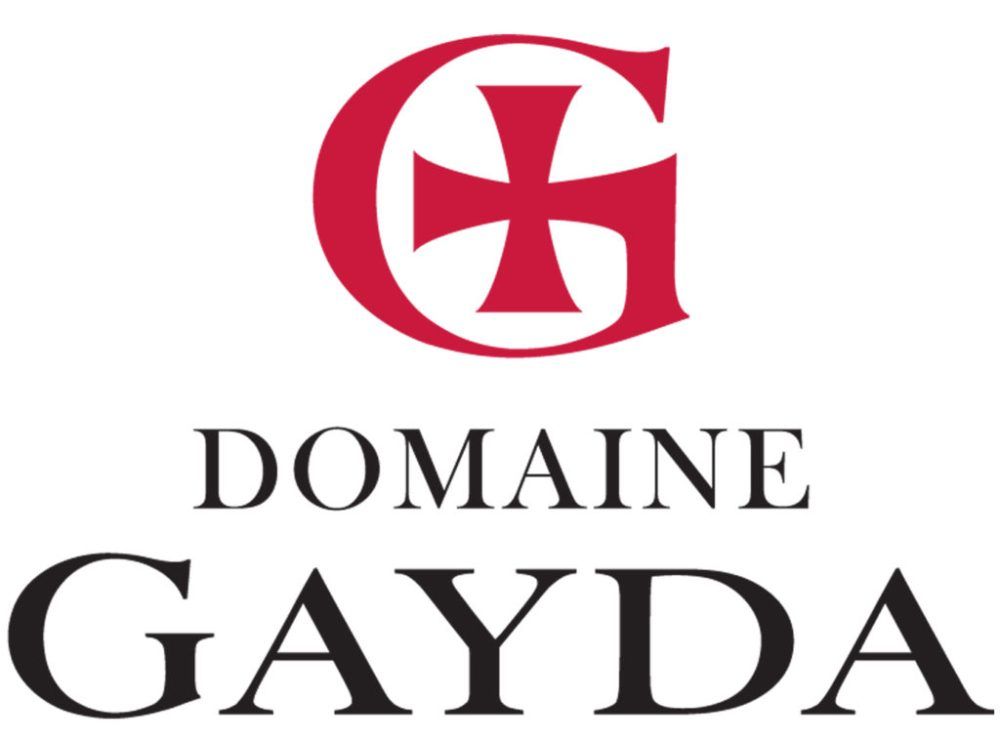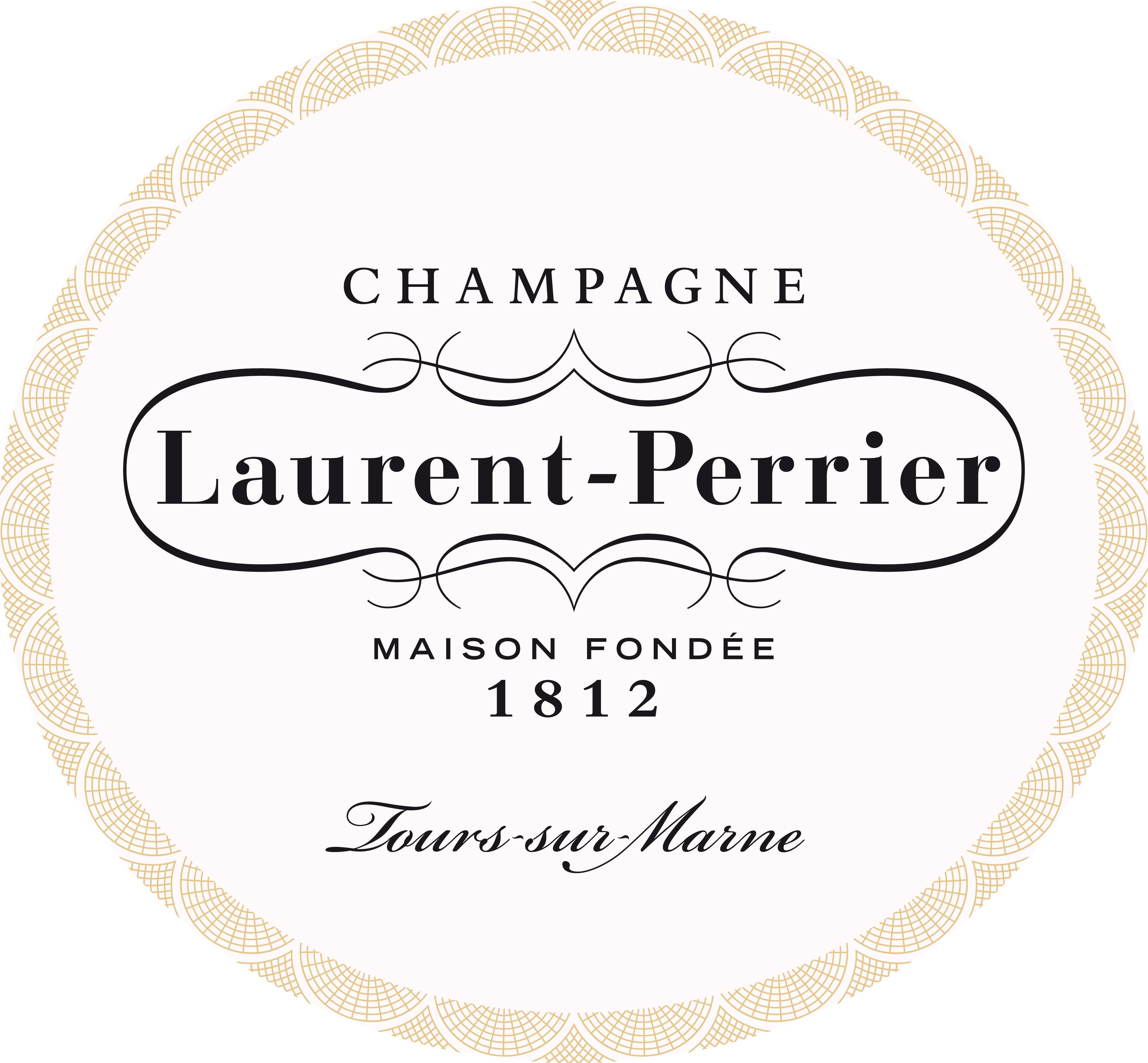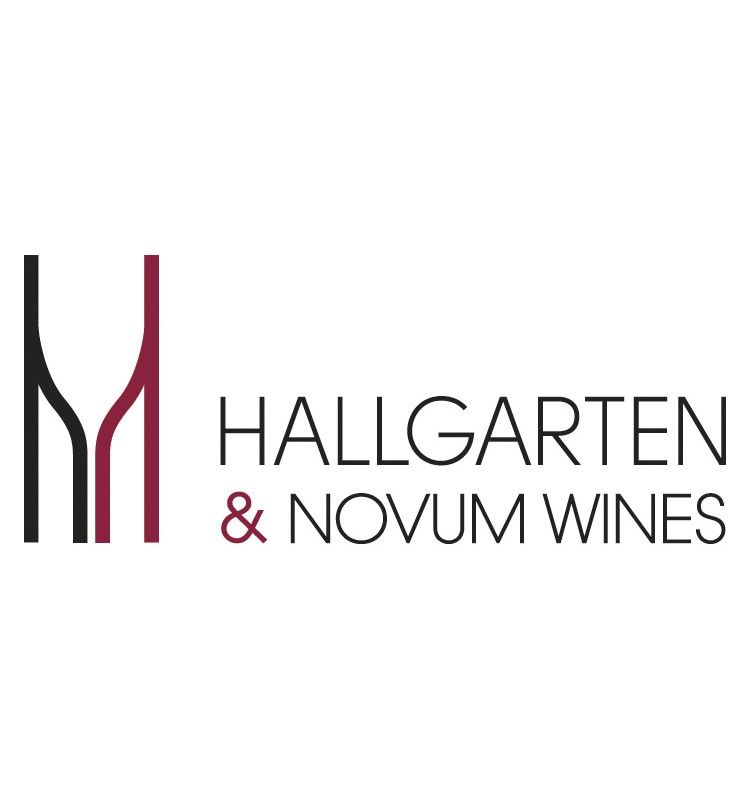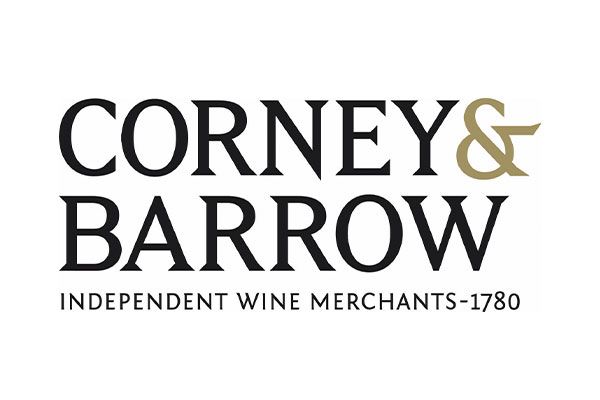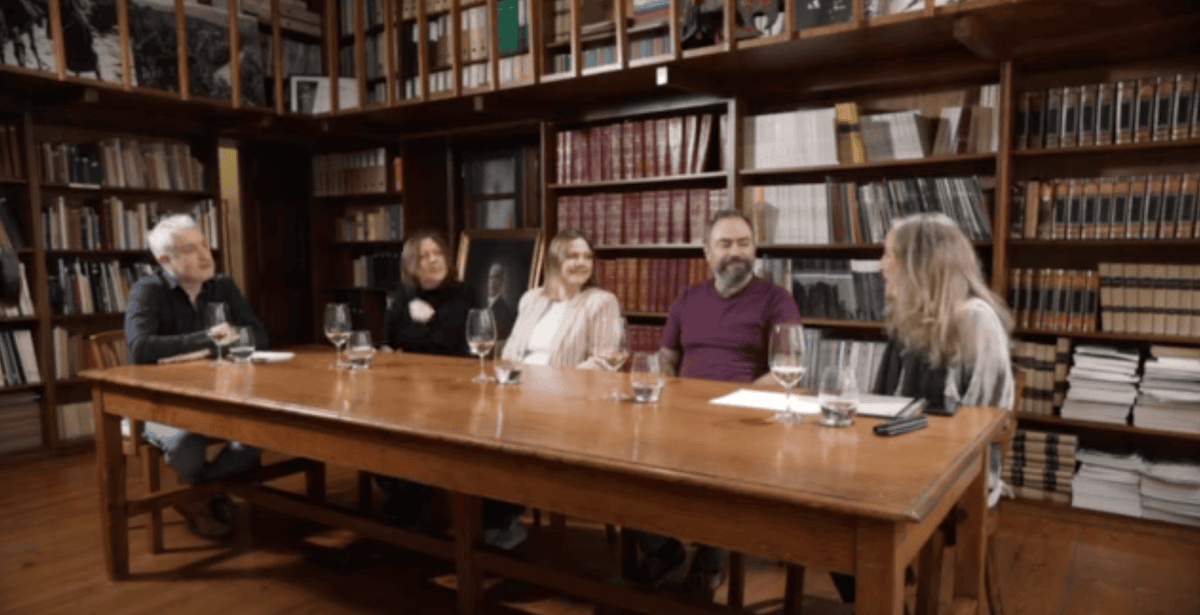Skye Gyngell’s Spring was the perfect venue for the launch of Château Sainte Marguerite’s 2024 Rosé wine collection. The airy, bright, uplifting private dining room with a glass ceiling that almost reaches to the heavens, allowed the wines in their new-look, sleek, slender designed bottles to sparkle on the crisp white linen – seemingly pulling them upwards to the sunlight that first gave life to these extraordinary wines. It was very Provencale.
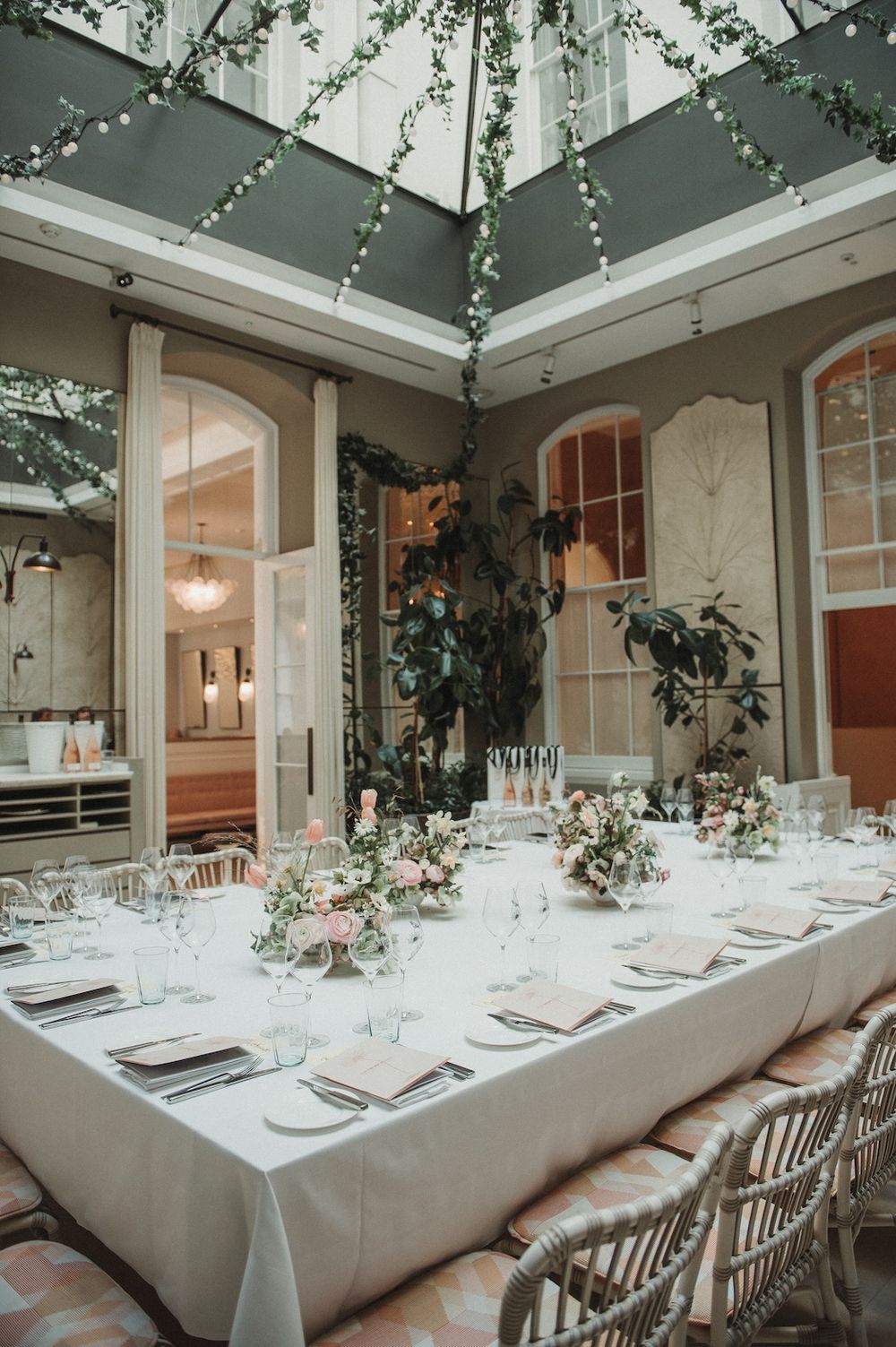
Lunch is served .....
Olivier Fayard who runs the 558-hectare estate with his brother Enzo, addressed the assembled UK press in an immaculately tailored suit with an ease that befits someone who sees 220 days of sun every year and a lot of healthy living.
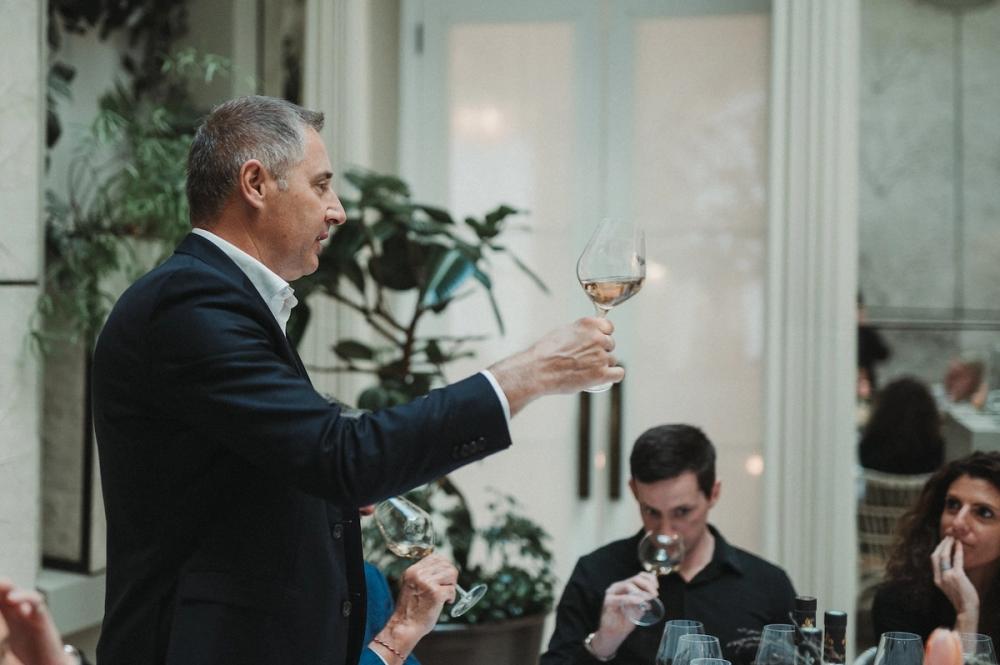
Olivier Fayard addresses the UK press
Since his parents bought a house in the region, that just happened to have a vineyard, the family has expanded and expanded and then merged as a part of Pernod Ricard to the point where it is now Provence’s largest producer of Rosé. When the Fayards first brough the property it was only one of 18 remaining Cru Classés Côtes de Provence out of the 23 that were first classified in 1955.
Apart from the marketing clout that the parent group brings, Fayard explains how with scale you get diversity, a patchwork of different soils, micro-climates and different massal-selected clones which affords the winemaking team the necessary tools to craft a variety of wines that have distinct characteristics, as well as creating balanced wine with finesse in the light of climate change.
“The difference in the vintages is not so great,” Olivier explains, “the weather is usually very dry. In 2024, for example, after May it rained two times until harvest.”
(For an in-depth-look at the 2024 harvest at the estate read Lilla’ O'Connor's first hand report here)
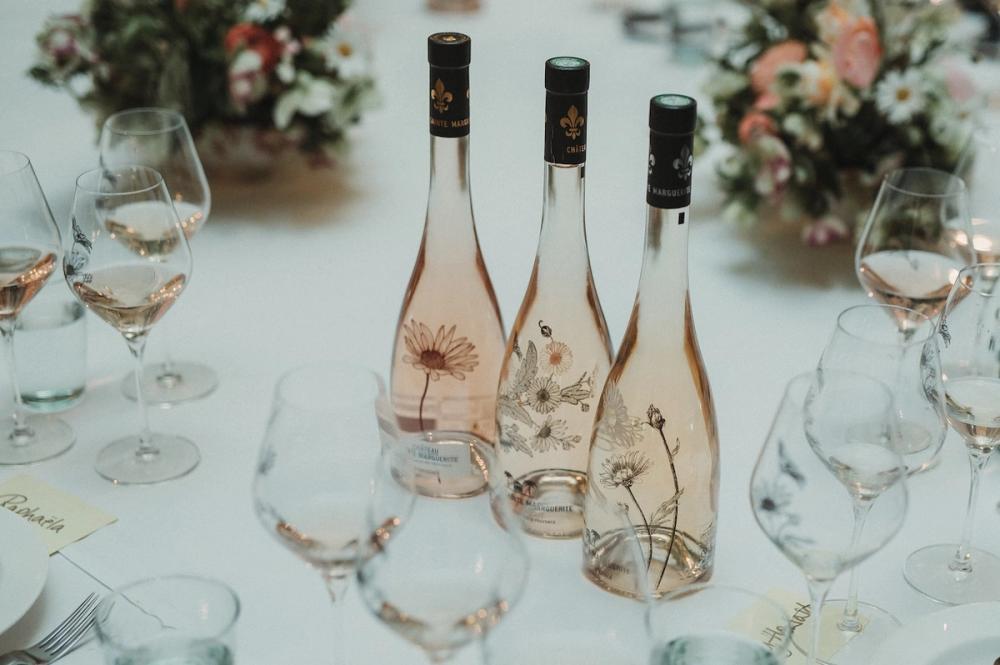
The classy new look Rosé wine collection 2024
If the weather is a constant, Olivier outlined some of the changes that have occurred since the last time he was in town:
The estate has acquired more vineyards therefore bringing total control of production from start to finish across all three of the new wines.
As a result, Symphonie, which makes up 60% of the estate’s output, can now be accurately described as a Château wine
Marguerites en Provence Rosé 2024, the top wine in the collection, has become darker in colour. To date it has had almost no colour which has caused confusion in the market so the team has macerated the Grenache for 2-3 hours more to bring out a subtle rose colour – rather than have none at all.
All the wines have undergone a makeover, with new slender bottles topped with a dark blue cap adorned with a fleur-de-lys and the daisy – the emblem of the House – displayed on the bottles in a variety of fresh, classy designs.
The estate vineyards have been certified organic since 2003 but at the launch it was re-emphasised that not only are the wines all organic but, because only plant-based materials are used in their production, all the wines are suitable for vegans too.
So how was the 2024 Rosé wine collection tasting?
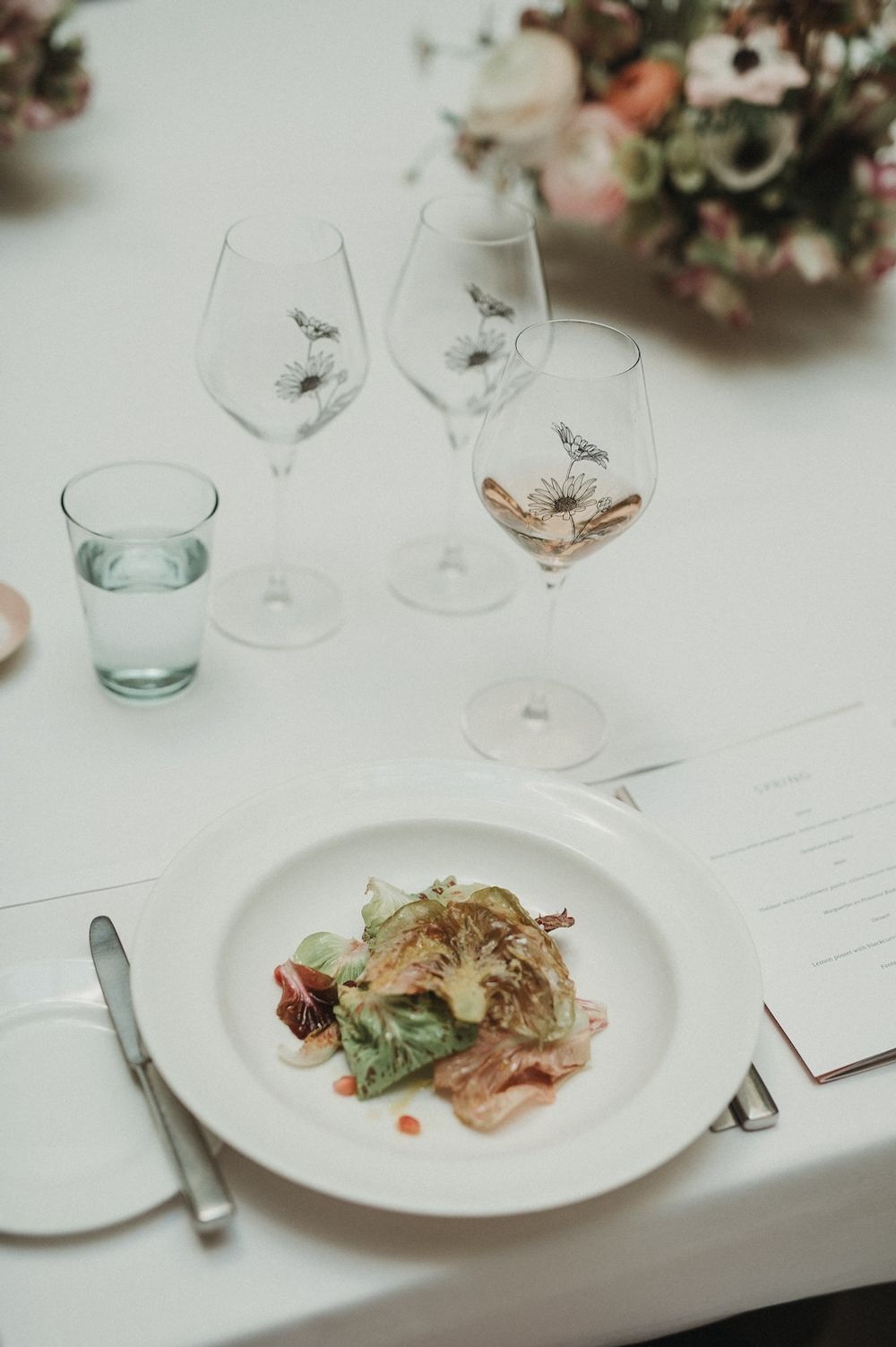
Symphonie 2024
Grenache 47% Cinsault 46% Rolle (Vermentino) 7%
13% abv RRP £27
For the first time the fruit for Symphonie comes entirely from Sainte Marguerite’s own vineyards in Lalonde and Pierrefeu so this is the first vintage that can legally bear the Château’s name. The soils here are schist and clay with some outcrops of flint and limestone. Pneumatic pressing was followed by skin maceration at cool temperatures, then ageing in steel tank on fine lees.
To taste: One of those wines where you think it’s going to be sweet, because it has intense, ripe fruit aromas, then turns out to be dry as you like on the palate. Pale to look at; enticing aromas of peach and citrus fruit leap out of the glass; in the mouth the wine is fresh with some body to it, lovely balance between ripe fruit and acidity. “Intense, lots of fruit and easy to drink,” Olivier said. Quite.
Paired with: Bitter leaves with pomegranate, honey walnuts, goat’s curd and rose harissa.
We also drank this as an aperitif before the meal and then with mixed hors d’oeuvres – pissaladière, crab, chard & ricotta – where the wine showed very well.
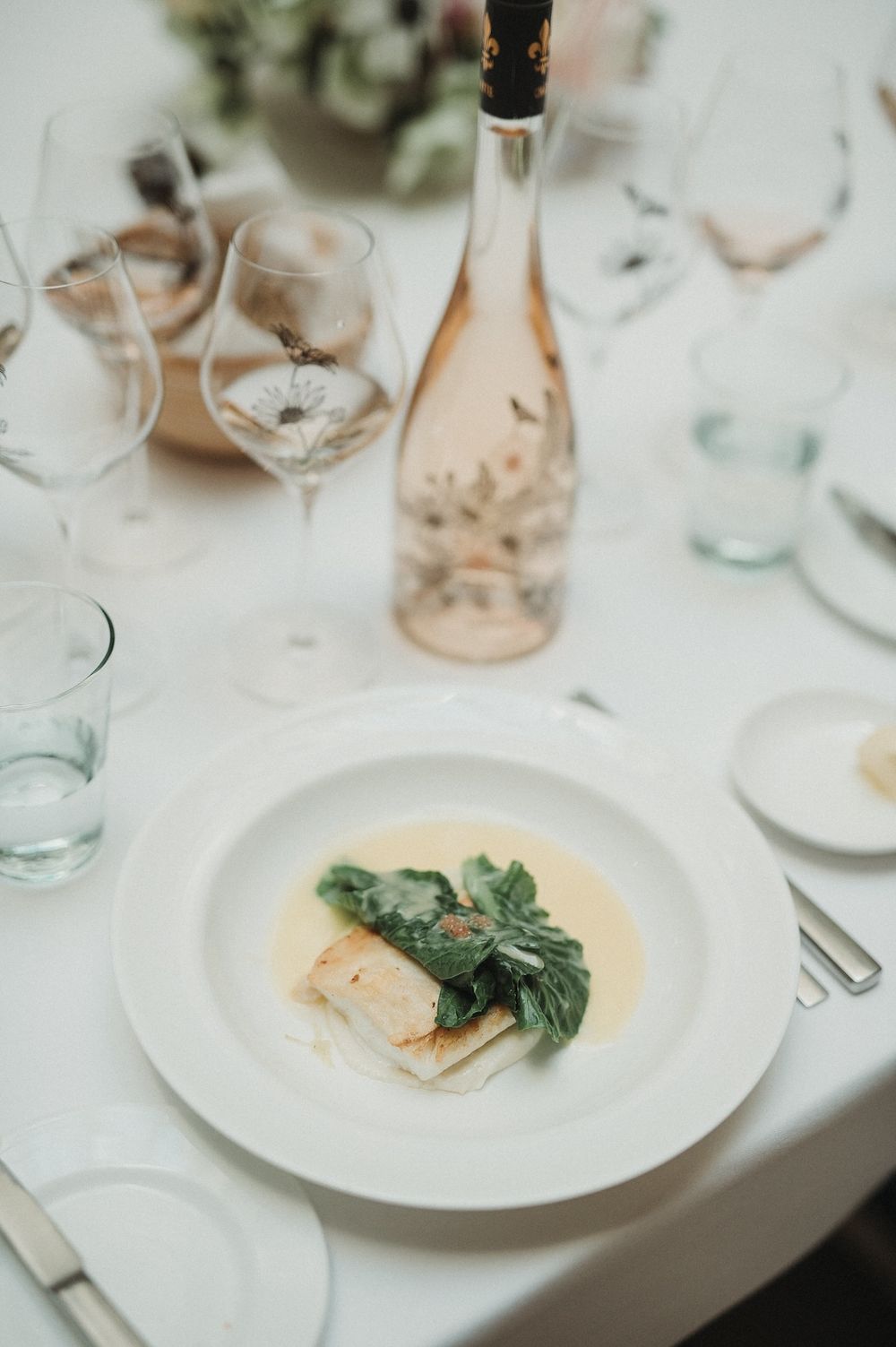
Fantastique 2024
Grenache 60% Cinsault 30% Rolle (Vermentino) 10%
13% abv RRP £45
Fruit was sourced from eleven different plots across the estate, each bringing different components to the final wine due to the differences in soil type, aspect and microclimate. The grapes were picked during the cool night, pneumatic pressing was followed by skin maceration at cool temperatures, then ageing in steel tank on fine lees.
This blend has less Cinsault than Symphonie and more Grenache and Rolle. The 2024 vintage has been recommended by Raimonds Tomsons, world’s best sommelier 2023 who said ‘The 2024 vintage is a continuation of the House's unique signature, while pushing back the limits of aromas and organoleptic qualities’. Where Symphonie accounts for 60% of the estate’s production this wine accounts for 30%.
To taste: From the aromas through to its complexity in the mouth and gastronomic qualities, Fantastique is so obviously a premium wine. Pale Provence pink; the wine seems at first to have less concentration than Symphonie, it feels more discreet, but then it opens out in the glass with white peaches, nashi pear, lychee and grapefruit skin; there’s a lovely register on the palate where the wine has real presence – vibrant acidity, pronounced minerality, structure and complexity – there’s an attractive bitterness too, then sea air freshness, with a salty, chalky finish like a pleasant lick of Aspirin. No wonder Tomsons adores this – it’s a sommelier’s delight.
Paired with: Halibut with cauliflower purée, citrus beurre blanc and finger lime
Best pairing of the day, the firm flesh of the fish and the richness of the sauce were undercut and handled brilliantly by the acidity in the wine. The bitter quality accentuating the hints of lime in the dish. Masterful!
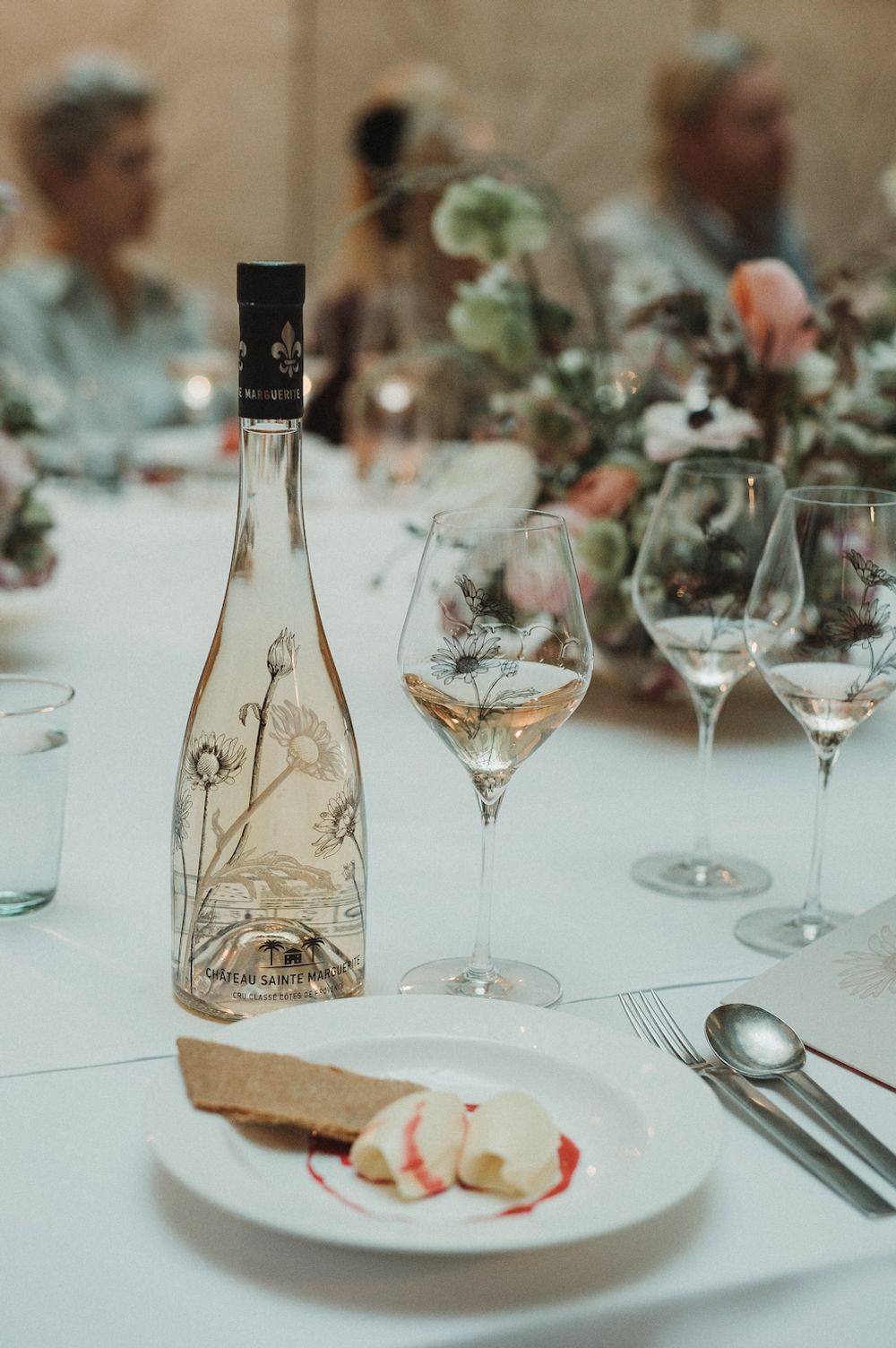
Marguerites en Provence Rosé 2024
Grenache 60% Cinsault 20% Rolle (Vermentino) 20%
13% abv RRP £80
The fruit for this flagship wine comes from the silex soils of the Saints Pons and Valcros parcels in the La Londe AOC. The production is similar to the other wines – cold maceration prior to pressing and fermentation in steel tanks, matured on fine lees and then fined and filtered before bottling.
Olivier calls this wine ‘Fantastique plus plus’, “If Fantastique is the centre or heart of Château Sainte Marguerite, then Marguerites en Provence is the future.” Only 15,000 bottles of this exceptional rosé is produced with the quality driven by the terroir and extra attention to detail.
Apparently because, until now, the wine has been completely white, people were confused that this really was a rosé. “They would ask is this a rosé or a white?” Olivier says. So, the team now macerates the Grenache for a couple of hours more to create a deeper colour.
“Our goal is to have complexity and finesse so we build this like a white wine, it has the same body, so it tastes like a rosé but has the construction of a white wine,” Olivier says.
To taste: This is up there with the very best rosés in the world in my opinion – achieved not in a ‘shouty’ way but with elegance, discretion and without using wood! The wine is still very pale; the first nose finds raspberries, nectarines and a hint of wild flowers, as the wine opens in the glass you find tropical fruit – mango and pineapple – which continues on the palate with passion fruit and pear (due perhaps to the 15% more Rolle in the 2024 than was in the 2023).
There is complexity here, layers, and the wine offers a fine balance between fruity and floral, framed by firm mineral-charged acidity. The finish is long with saline. Spectacular rosé.
Paired with: Lemon posset with blackcurrant sauce and rye shortbread
Somebody probably forgot to order the cheese course because, although the wine worked surprisingly well with the sweet and savoury qualities of the dessert, it would be a more natural fit with soft goats cheese – think Sancerre – or with seafood dishes. Lots of possibilities though, including drinking it without food – only for those who like their rosés serious!
End note
At the launch Olivier Fayard declared how proud he was of the new collection and well he might, these are an exceptional trio of Provence Rosé which have clear differences of style, composition, application and budget. It’s a proper, well-thought out, modern range with one foot in the traditions of the past – letting the exceptional Provence terroir do the talking.
All photos ©Alex Wallace Photography
Château Sainte Marguerite is a commercial partner of The Buyer. To discover more about them click here.











